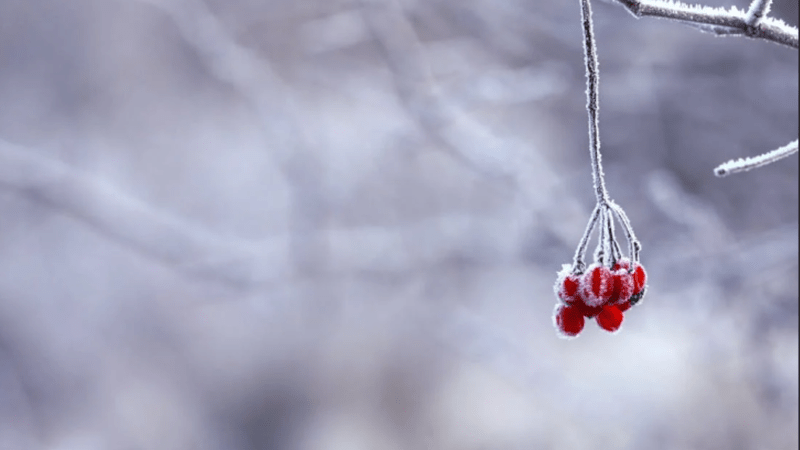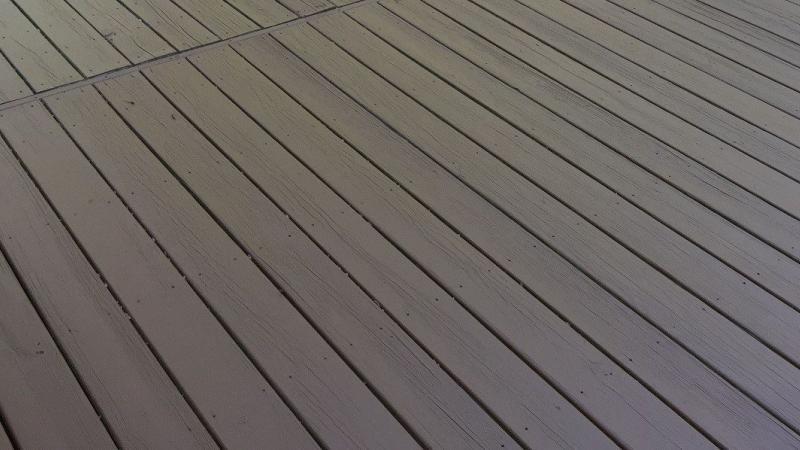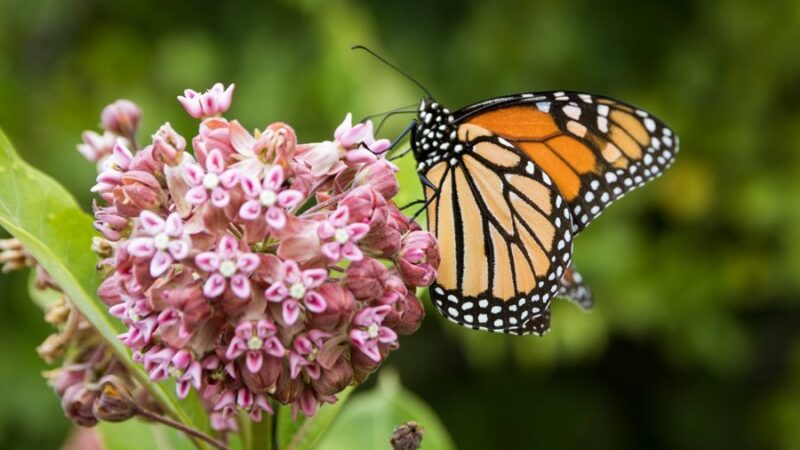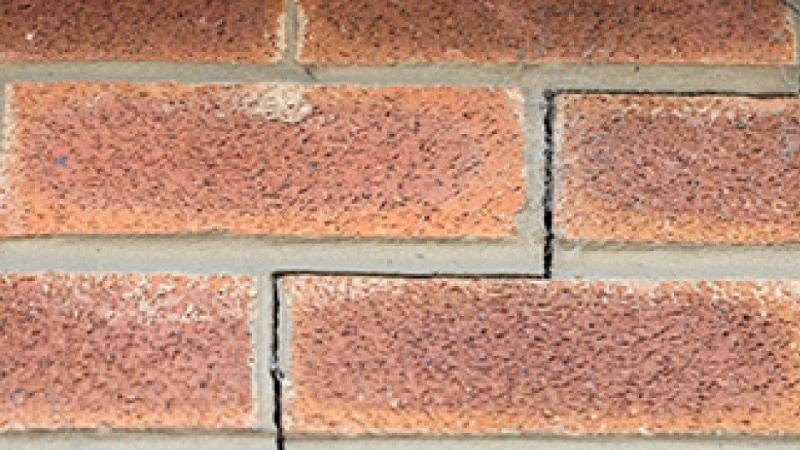Natural Growing Soil
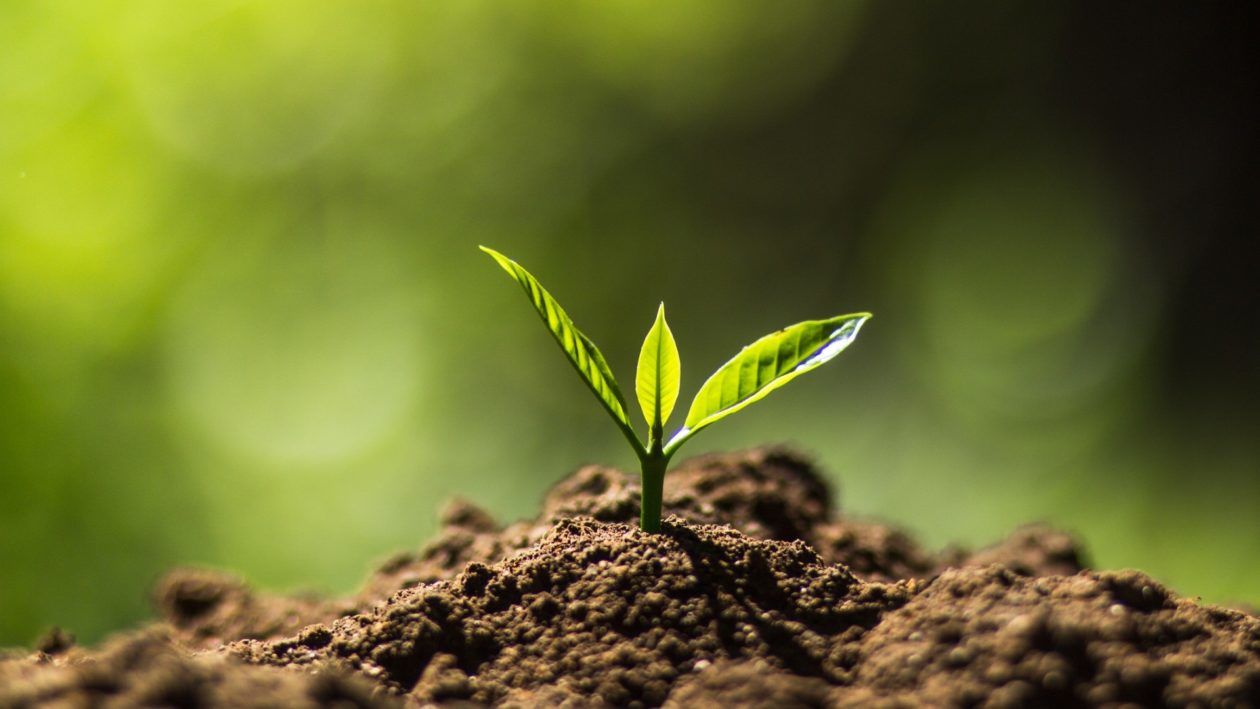
Its come to that time of the year. Are you thinking of planting a food garden this year? Much has been said recently about the loss of nutrients in the soil – denuded of beneficial qualities to support thriving plants, which translates as a corresponding loss of healthy and helpful nutrients in our fruit and vegetables.
So what exactly is good healthy soil? Good soil is fertile soil: in other words, it provides essential nutrients to plants. Its structure is sponge-like to be able to hold water and nutrients for plant absorption, as well as for water to be able to flow through it, and both air and roots to infiltrate. In other words, healthy soil has good drainage. Beneficial organisms, plant pathogens, and small insects need to be able to thrive in healthy soil. Good soil needs to be free of chemical and pesticide contaminants.
Experts instruct us about different soil textures – whether sand, clay or silt; soil structure, soil aggregates, compaction and water-holding capacity, however, we essentially want to be able to grow healthy, nutritious fruits and vegetables. Given some knowledge of the soil we have and what will grow in it, how do we ensure this outcome?
Soil is alive with thousands of organisms, earthworms, bacteria, fungi and tiny soil insects that are all very essential for healthy plant growth.
Adding fresh organic soil matter consists of “living organisms, fresh residue, and well-decomposed residue,” providing fuel for organisms; which decays to CO2, water and minerals, and provides energy for soil microbes and mineral nutrients. In other words, decaying leaves, manure and plant roots provide sugars and carbohydrates for bacteria, fungi, worms and slugs and the food web of the soil.
The living organisms are vital for good soil health as they break down organic matter to make the nutrients available for plant roots. We are familiar with air tunnels created by these organisms, which improves drainage and aeration. Healthy organisms will compete with harmful ones that could potentially damage plants if not dealt with.
This form of soil organic matter is known as humus. Organic materials are good for soil quality and soil organisms. Homemade compost is nutritious, however, you may want to look into worm compost, which is even more beneficially full of microbes and life.
Mixing your leaf refuse with a combined mixture of sand and compost can make good leaf mold. Other nutrient soils such as sea soil is a composting mixture of fish by-products and remains of forestry and wood refuse.
Fungi are known as mycorrhizal fungi – 85% available in all plant families have a beneficial symbiotic relationship between themselves and root systems by increasing nutrient, water, phosphorus, and nitrogen uptake to the plant.
The nutrients in livestock manures are bio-available for organisms providing nitrogen into the soil. It is said they could be more favorable to composts as they contribute to the soil aggregation – the aspect of the structure where bacteria and roots produce sticky substances binding soil particles together. Fungi and root hairs wrap soil particles into balls. Manure should be checked for chemical residues and carefully applied.
It’s important to leave the soil structure intact and to avoid heavy tilling.
Given the various options available in gardening stores and from your own compost and leaf heaps, both your soil and in turn your plants will benefit from the additional nutrition. Treated naturally and without chemicals safely ensures a healthy bio-dome of symbiotic, mutually beneficial relationships between strong organisms and community, and thriving plants.



